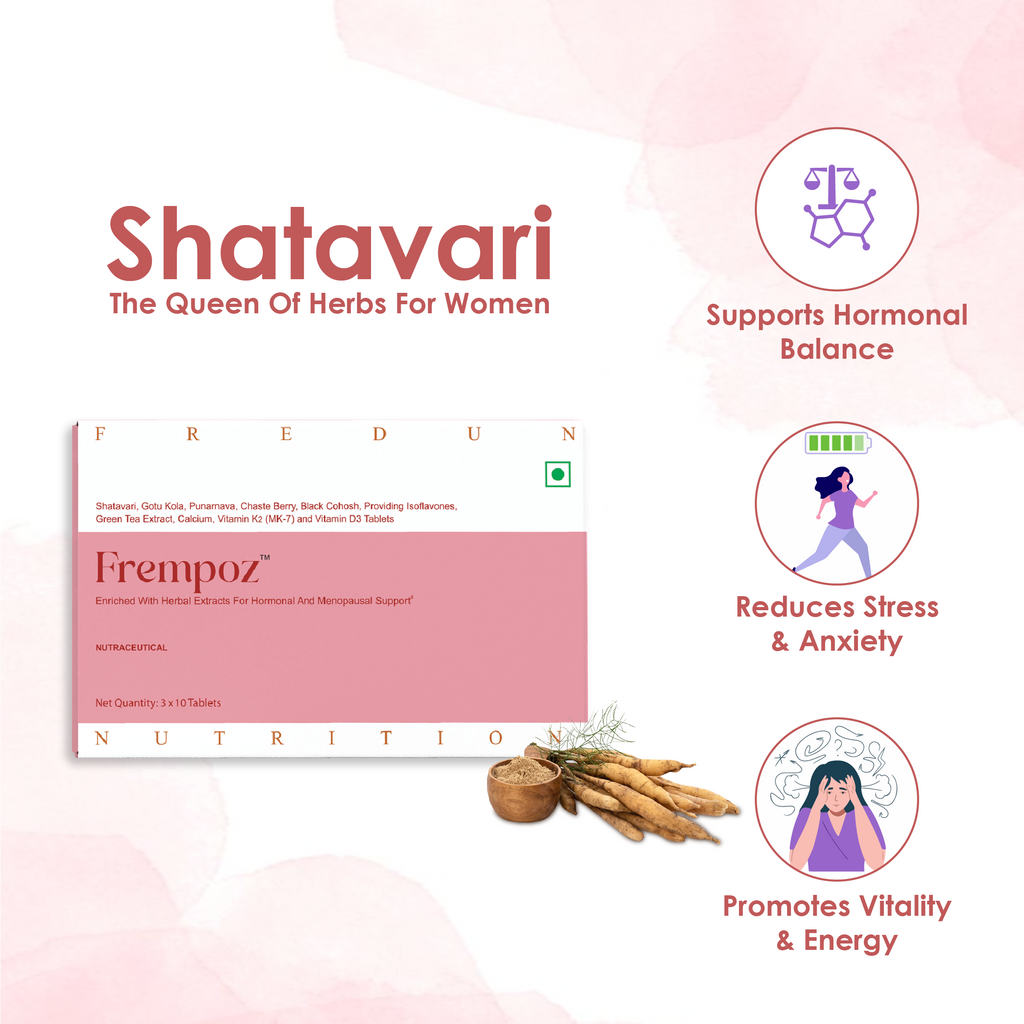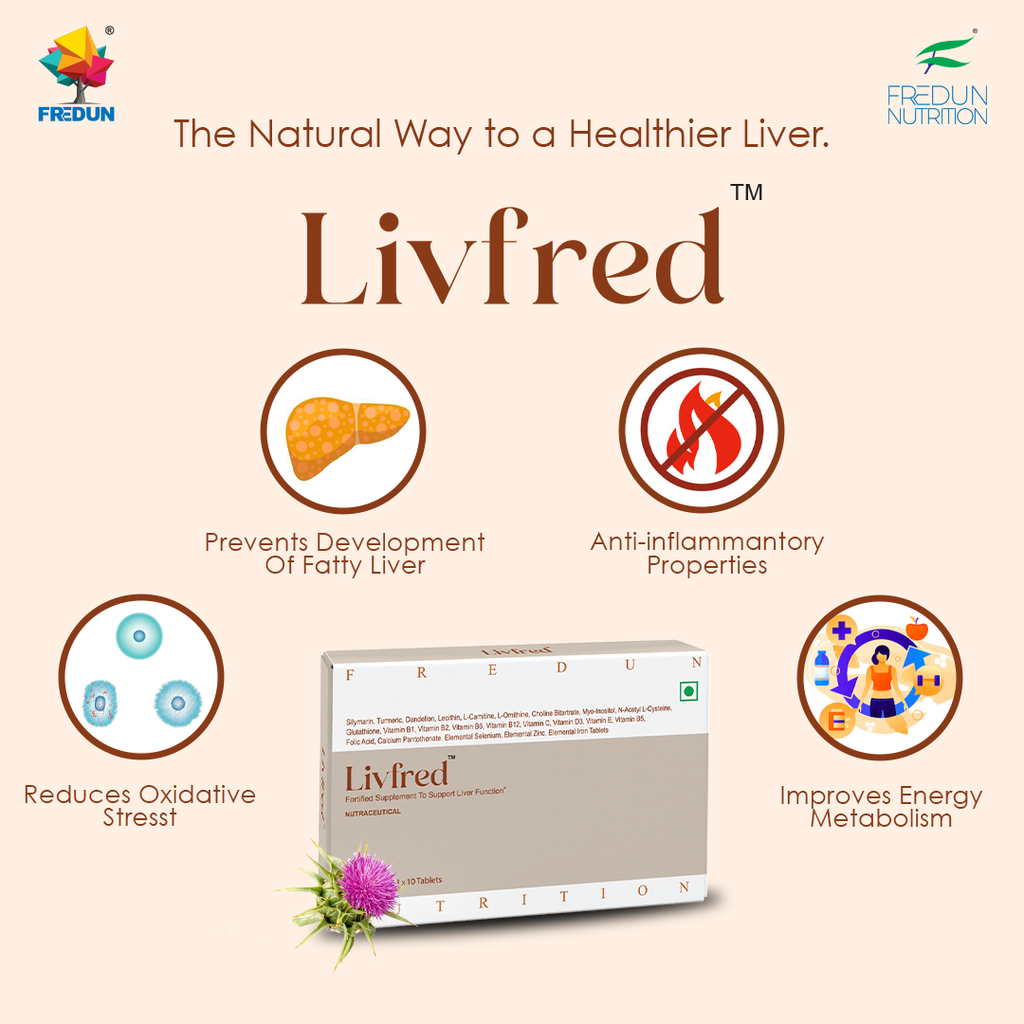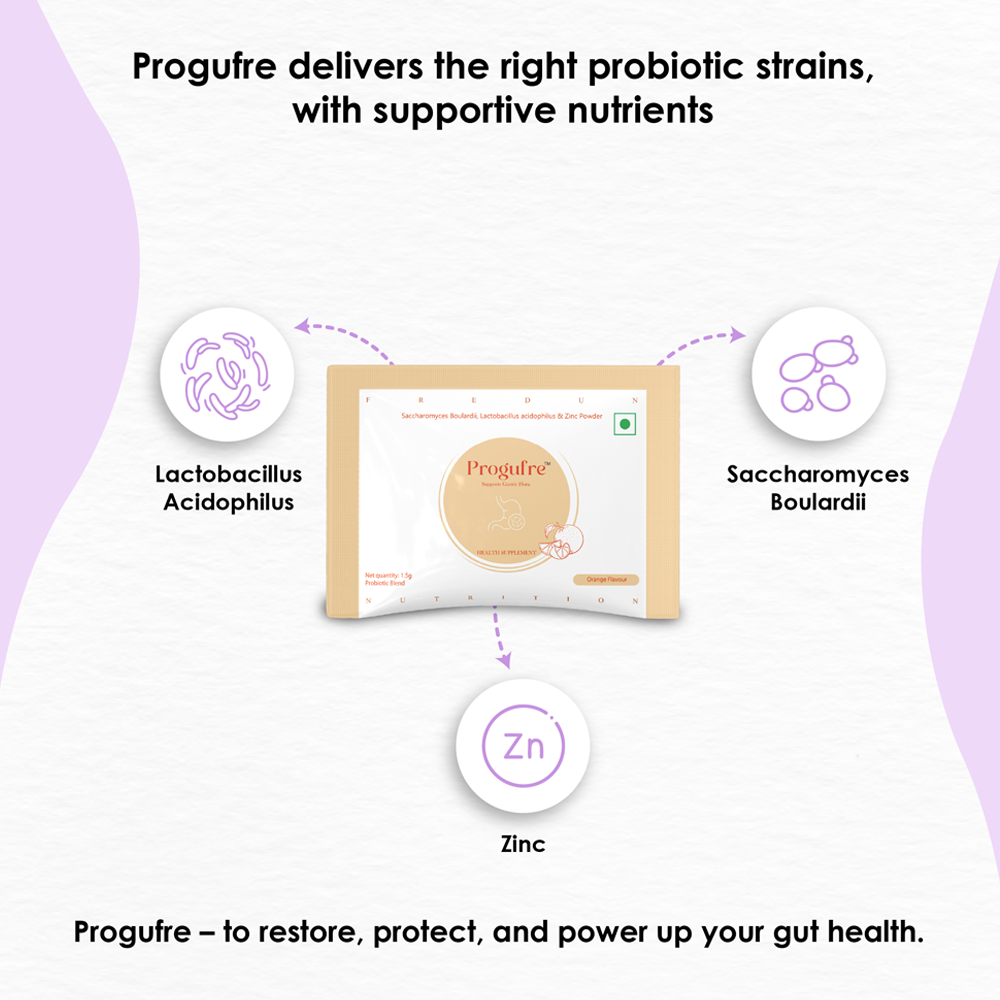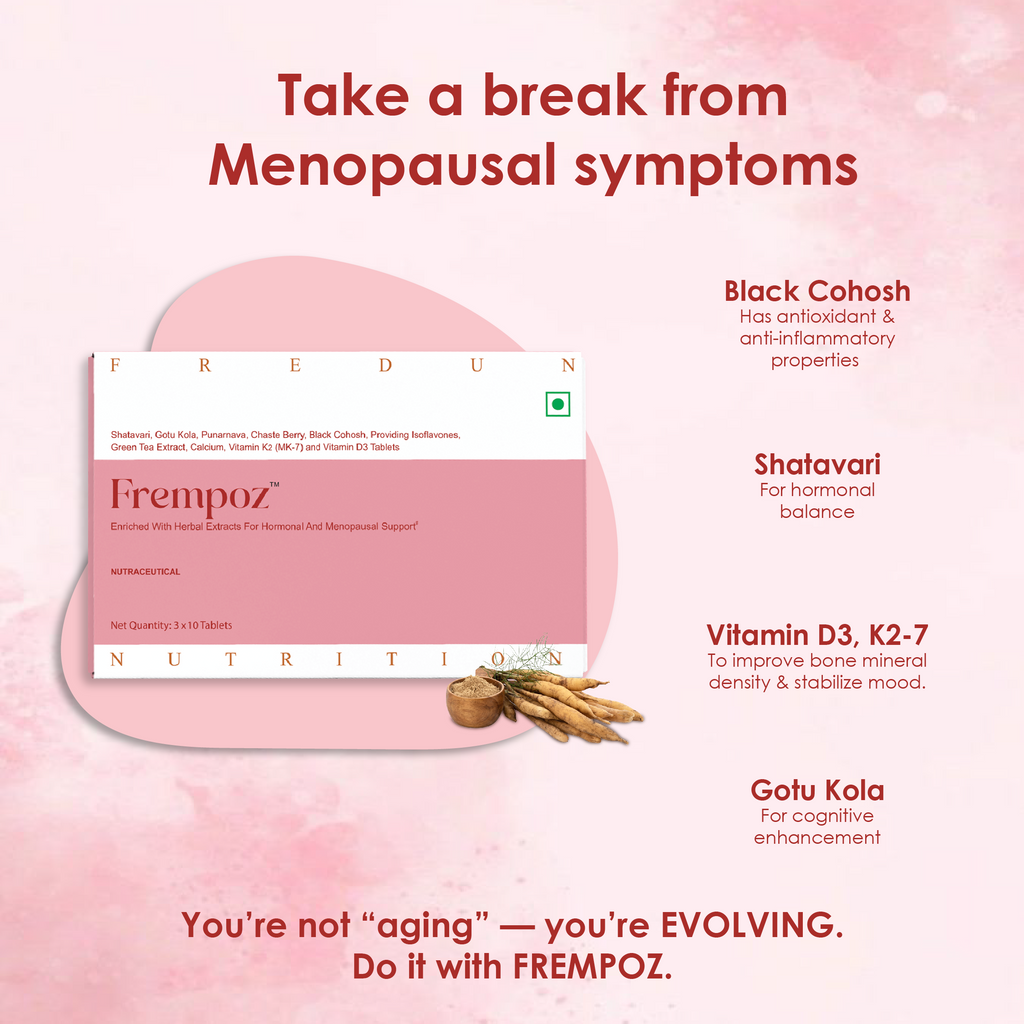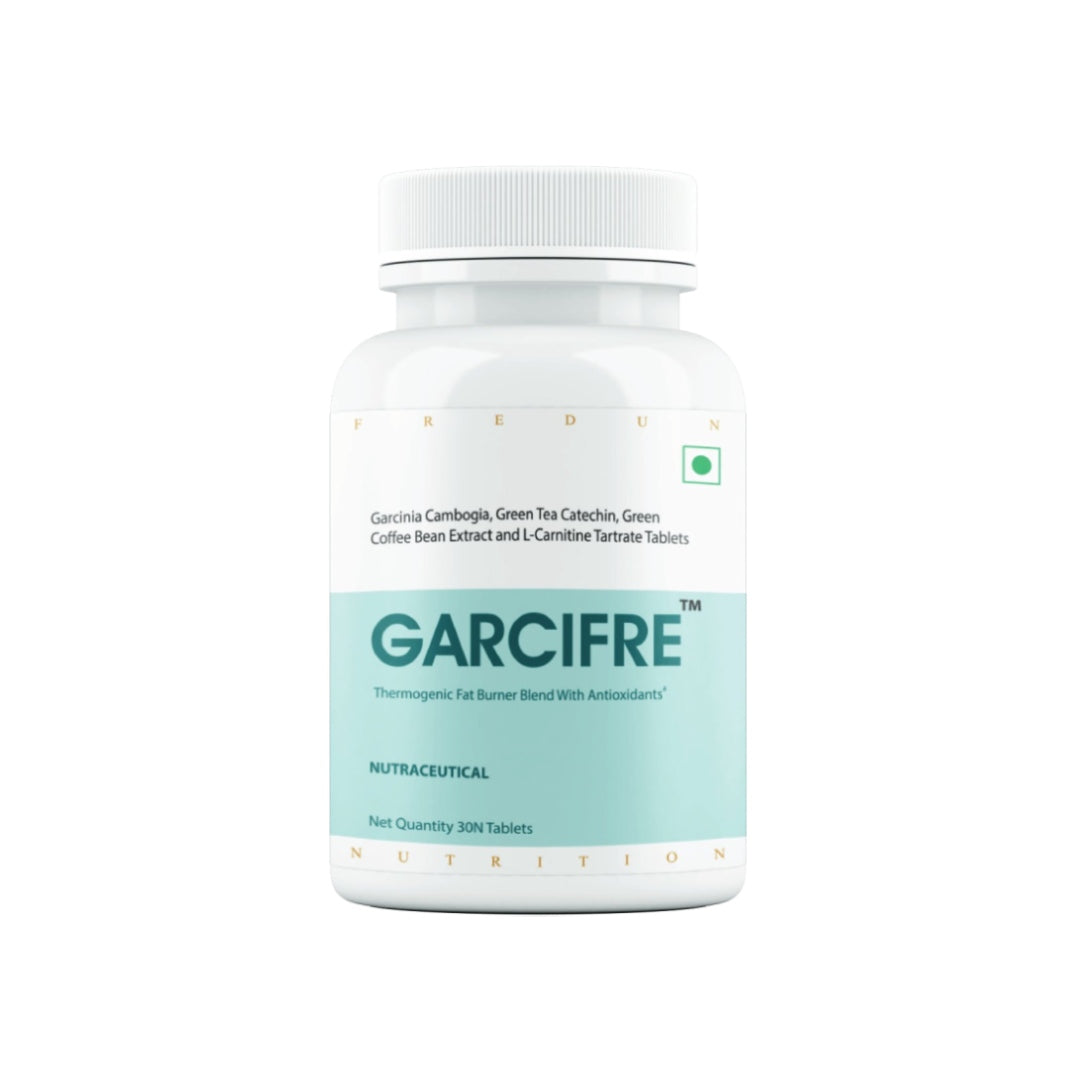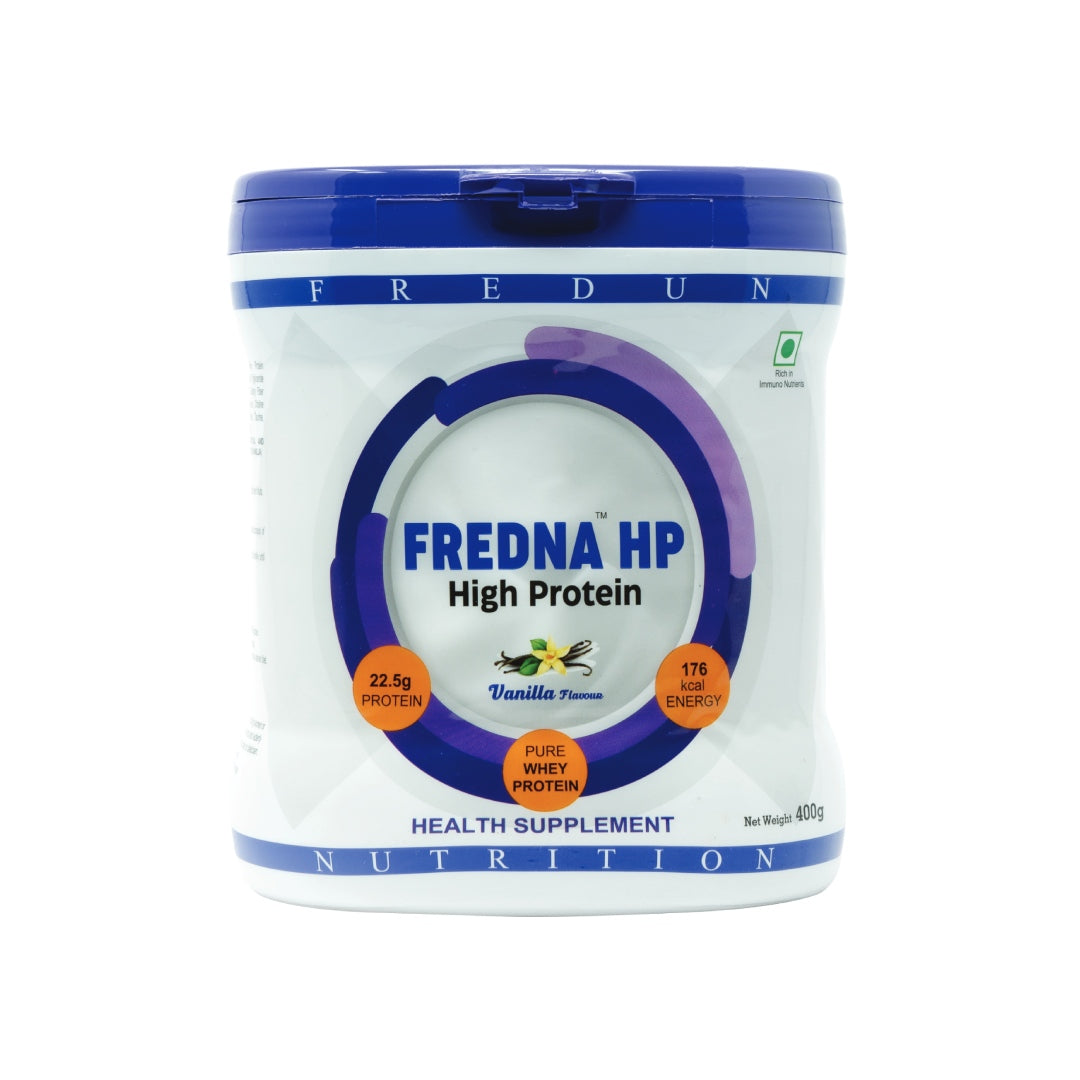
How Screen Time Affects Eye Health and What You Can Do About It

In today’s world, screens are everywhere, from the moment we wake up and check our phones to when we relax in front of the TV or scroll through social media before bed. While technology has become an inseparable part of our lives, prolonged screen time can take a toll on one of our most vital organs, our eyes. If you’ve ever ended your workday with tired, dry, or blurry eyes, you’ve likely experienced what’s known as digital eye strain.
Let’s explore how screen time affects your eye health and what you can do to protect your vision in a digital-first lifestyle.
The Impact of Excessive Screen Time on Eye Health
1. Digital Eye Strain (Computer Vision Syndrome)
The most common side effect of prolonged screen use is digital eye strain, also known as computer vision syndrome. It occurs when you focus on digital screens for long periods without proper breaks. Symptoms may include
* Eye fatigue or discomfort
* Blurry or double vision
* Headaches
* Neck and shoulder pain
When you look at screens, your eyes regularly refocus and reposition as you read, scroll, or type. Unlike printed text, digital screens often emit blue light, which can increase eye strain.
2. Reduced Blinking and Dry Eyes
Did you know that you blink 50% less often when looking at screens? Blinking helps keep your eyes moist and distributes tears evenly across the surface of your eyes. When you blink less, your tear film evaporates more quickly, leading to dryness, irritation, and blurring of vision.
Over time, this can develop into chronic dry eye syndrome, particularly for individuals who spend 8–10 hours a day in front of digital screens.
3. Blue Light Exposure
Screens emit blue light, which has shorter wavelengths and higher energy than other types of visible light. Exposure to blue light from screens right before bedtime can disrupt your sleep-wake cycle.
Blue light suppresses melatonin, the hormone responsible for regulating sleep, leading to insomnia or poor sleep quality.
4. Myopia (Nearsightedness) Progression
Rising screen time among children and young adults has been linked to an increase in myopia (nearsightedness). Spending long hours focusing on nearby objects, such as screens, can cause objects to appear blurry.
Outdoor time — which exposes the eyes to natural light and varying focal distances — has been shown to reduce the risk of myopia development in children.
What You Can Do to Protect Your Eyes
Fortunately, there are practical steps you can take to reduce the impact of screen time and maintain healthy eyes.
1. Follow the 20-20-20 Rule
The 20-20-20 rule recommended is that
Every 20 minutes, look at something 20 feet away for at least 20 seconds.
This simple habit relaxes the focusing muscles in your eyes and helps prevent fatigue. You can even set reminders or use productivity apps to prompt you to take these mini visual breaks throughout your workday.
2. Adjust Your Screen Setup
To minimize strain Keep your screen at arm’s length (about 20–24 inches away). Position it so the top of the screen is at or slightly below eye level.
Use anti-glare filters or matte screen protectors. Adjust brightness and contrast to match your surroundings — your screen shouldn’t be brighter than the light in the room. If possible, try using larger monitors or increasing font sizes to reduce squinting.
3. Blink More Consciously
Remind yourself to blink often while working. If you tend to forget, stick a small note on your monitor that says “Blink!” It might sound simple, but it’s surprisingly effective at keeping your eyes comfortable.
4. Limit Blue Light Exposure
To reduce blue light exposure Use night mode or blue light filters on your devices in the evening. Consider blue light-blocking glasses, especially if you work late hours or for long hours. Avoid screens at least one hour before bedtime to help your body produce melatonin naturally. A consistent nighttime routine without digital distractions can improve both eye comfort and sleep quality.
5. Maintain Regular Eye Exams
Even if your vision seems fine, schedule a comprehensive eye exam at least once every two years or annually if you already wear corrective lenses. Eye exams can detect early signs of strain, dryness, or vision changes before they become serious.
Ivizfre: Advanced Nutritional Support for Eye Health and Vision Protection
In today’s digital world, our eyes are constantly under stress from prolonged screen time, UV exposure, and oxidative damage.
Ivizfre is a scientifically formulated eye health supplement designed to nourish, protect, and rejuvenate the eyes from within. Powered by potent phytonutrients, antioxidants, vitamins, and minerals, Ivizfre provides eye protection and supports long-term visual health.
Powerful Ingredients in Ivizfre
PHYTONUTRIENTS
BILBERRY EXTRACT (VACCINIUM MYRTILLUS L.) 25% ANTHOCYANINS- Bilberry is rich in anthocyanins.
Improves retinal abnormalities, increases capillary resistance, slows progression of lens opacity and myopia, and improves dark adaptation.
Bilberry anthocyanins modulated the oxidative stress defence enzymes.1
LUTEIN
A carotenoid with reported anti-inflammatory properties and extremely potent antioxidant action.2
Ability to filter blue light, reducing phototoxic damage to photoreceptor cells.2
ZEAXNTHIN
Has the ability to quench free radicals, exert antioxidant effects, as well as decrease inflammation.3
Protects against UV light and AMD development via its antioxidant and blue-filtering properties. 3
ASTAXANTHIN
Reduces the degradation of nitric oxide (NO), which is involved in the dilatation of blood vessels and improves blood flow.4
Increases retinal capillary blood flow near the optic disc. 4
BETA CAROTENE
It is a strong antioxidant in reducing the cellular oxidative stress of the retina and has an anti-inflammatory effect. 6
Supplementation of β-carotene along with vitamins C and E, zinc, and copper reduces the risk of developing advanced AMD by about 25%.5
LYCOPENE
Helps to diminish oxidative stress and apoptosis, triggered by hyperglycaemia in retinal tissues. 7
Helps in protecting against cataract due to its antioxidant properties and useful for cataract prophylaxis or therapy.7
CURCUMINOIDS
Anti-inflammatory, antioxidant, antimicrobial, and antimutagenic molecule.8
It is beneficial for a better therapeutic management of retinal diseases. 8
Useful in the treatment of complicated chronic anterior uveitis. 8
VITAMINS
ALPHA LIPOIC ACID
Has a potential antioxidant activity and can prevent oxidative stress-induced corneal surface erosion and lachrymal gland damage.9
Prevents diabetic retinopathy and alleviates of oxidative stress. 9
VITAMIN A
involved in visual phototransduction, where it serves as the crucial part of photopigment, the first molecule in the process of transforming photons of light into electrical signals.10
Prevents hypovitaminosis A which is the cause of visual dysfunction. 10
VITAMIN C
It helps in anti-cataract therapies 11
Protects the cornea, lens, and other ocular tissues against oxidative damage. 11
Plays a role in the prevention of membrane lipid peroxidation and in the protection against light-induced oxidative damage. 11
VITAMIN E
Has antioxidant, anti-inflammatory, and anti-apoptotic properties & prevents retinal neurodegenerative diseases.12
Provides a protective effect against photic injury, oxidative injury, retinal edema, uveitis-associated macular edema, and glaucomatous damage. 12
MINERALS
ELEMENTAL ZINC FR. ZINC OXIDE
Protects the retina by slowing down the progression of AMD and helping to maintain retinal health.13
COPPER AS COPPER SULP
Plays a vital role in retinal cell survival and is crucial for the normal functioning of antioxidant enzymes.
Prevents human retinal diseases, including AMD.14
Why Choose Ivizfre?
Ivizfre offers complete eye nourishment through a unique combination of antioxidants, carotenoids, vitamins, and minerals. Whether you spend hours in front of digital screens, have early signs of visual fatigue, or want to protect your eyes from age-related changes — Ivizfre provides daily support for sharper, healthier vision.
Reference:
1. Chapter 4Bilberry (Vaccinium myrtillus L.) Herbal Medicine: Biomolecular and Clinical Aspects. 2nd edition.
2. Nutrients. 2018 Sep; 10(9): 1321.PMCID: PMC6164534
3. Antioxidants (Basel). 2019 Sep; 8(9): 390. PMCID: PMC6770730
4. Mar Drugs. 2020 May; 18(5): 239.PMCID: PMC7281326
5. Clin Interv Aging. 2013; 8: 741–748.PMCID: PMC3693724
6. Antioxidants (Basel). 2019 Apr; 8(4): 85. PMCID: PMC6523787
7. Oxid Med Cell Longev. 2019; 2019: 9783429. PMCID: PMC6390265
8. Clin Ophthalmol. 2021; 15: 2553–2571. PMCID: PMC8219301
9. Clin Exp Pharmacol Physiol. 2020 Dec;47(12):1883-1890. doi: 10.1111/1440-1681.13373. PMID: 32621549
10. Int J Mol Sci. 2022 Feb; 23(3): 1014. PMCID: PMC8835581
11. Nutrients. 2020 Oct; 12(10): 3142. PMCID: PMC7602486
12. Front Neurosci. 2022; 16: 890021. PMCID: PMC9114494
13. Antioxidants (Basel). 2019 Apr; 8(4): 85. PMCID: PMC6

